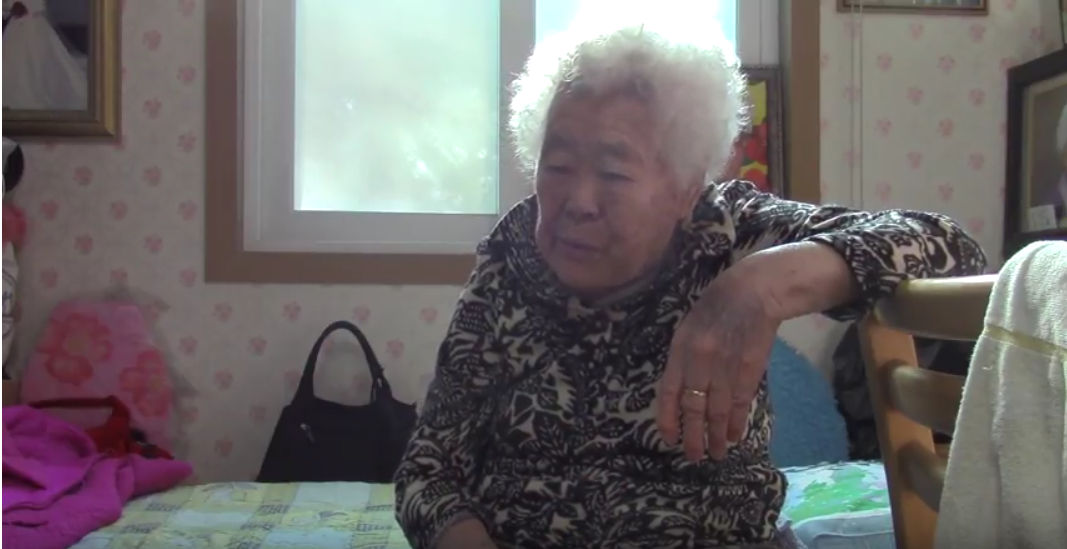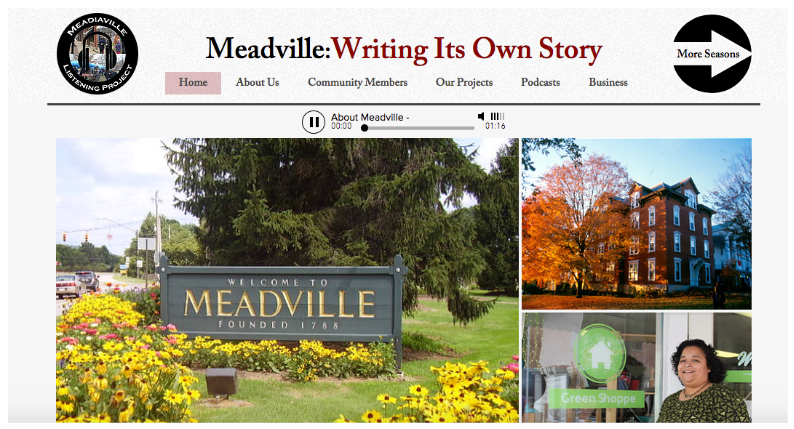Perhaps one of the intimidating aspects of engaging in oral history pedagogy is the technology or digital divide. After all, even if only a tape recorder and mic, the work calls for some basic understanding of best practices (and equipment) in relation to the audio and/or video recording and archiving. For many instructors coming to this work for the first time, then, an initial turn off might be the perceived gap in digital knowledge. I wish to offer a quick list of insights, however, as someone who had no advance expertise.
- Develop Relationships
I learned that students, community partners, and campus IT and media staff relied on me for course aims and pedagogical structure not technological expertise. In other words, spend time developing relationships. Not surprisingly, at small liberal arts colleges, people get excited about meaningful learning that can happen through oral history. And, by the way, it is amazing what you can pick up along the way.
- Respect Partners
If relationships matter (and they do), those who have the knowledge are important team members in the work. So…they should be treated as part of a collaborative team not as last-minute problem solvers. At each step in the process, then, the partnering must be understood as the developing of team members with different but necessary areas of expertise.
- Seek out and Develop Student Expertise.
In the first week of the term (or before if possible), it would be useful to develop an inventory of skills sets that students will be bringing to the class. Some may have been involved with oral histories in the past, been part of field work that involved interviews, or have a unique ability to learn digital tools quickly. And, importantly, the Oral History in the Liberal Arts initiative includes student projects and/or has involved students from across institutions with important technical experience and skills. With my Engaging the Wisdom Oral History Project, in fact, students from Antioch College have been key supports.
- Use OHLA Resources
The training tools and advice on the OHLA website have been developed by those who have engaged in oral history pedagogy and with the technologies that support it. Online resources such as the OHMS (Oral History Metadata Sychronizer) In-Depth Tutorial Series, for instance, was built with first-time users in mind. (See https://ohla.info/transcript-formatting-in-ohms/ and https://ohla.info/syncing-in-ohms/.) With one of my classes, students whose final project involved past interviews used this tutorial to prepare and sync transcripts using the OHMS tutorial.
With each iteration of a particular class or project, of course, the work becomes less mysterious. And there is another benefit; the institution becomes larger. I know what is possible with the video production studio. I have learned what can be checked out through media services. I convene classes at the college archives. And, in each of these sites, I (and my students) become familiar with the print and digital technologies of storytelling.








